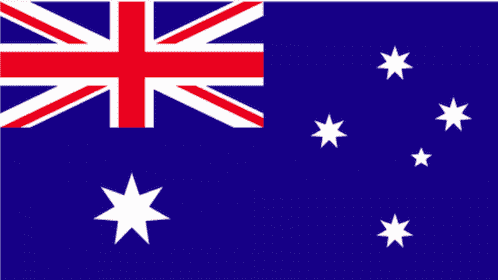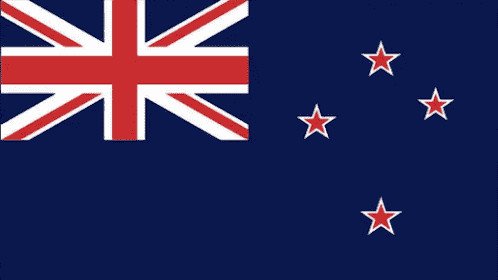The overwhelming scale of plastic production and its subsequent impact on our environment is deeply confronting.
Did you know that globally, an incredible 380 millon tonnes of plastic is produced every year? However, what exacerbates the situation even further is that only 9% of this vast plastic production is recycled.
As you know, this now presents a massive global issue.




